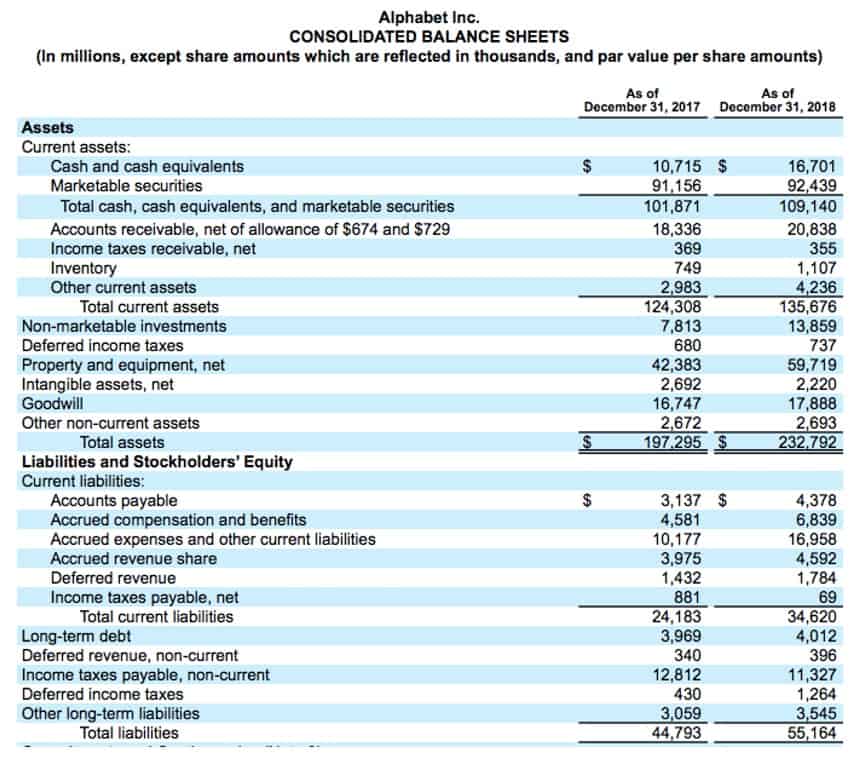
A 501(c)(3) nonprofit is typically cannot engage in lobbying except in instances when its expenditures are below a certain amount. The purpose of a not-for-profit or nonprofit organization is to solely serve the interests and objectives of its members or the group it is supporting. It is dedicated to addressing a specific social cause, utilizing all earned or donated funds to pursue its objectives and cover operational expenses. While the information in Pub 557 is informative, it is far from exhaustive. And, given that the examples they provide are so few, it can often be challenging for someone looking to start a new nonprofit to determine exactly where their idea fits in the list of purposes. With dozens of tax-exempt 501 statuses available, it can be difficult to choose the right nonprofit type for your organization.
Life cycle of a business league (trade association)

All organizations seeking exemption under IRC Section 501(c)(3) can use Form 5013c meaning 1023, but certain small organizations can apply using the shorter Form 1023-EZ. Go to the Eligibility Worksheet to see if you qualify to file Form 1023-EZ. The organization may be controlled by its members who elect the board of directors, board of governors or board of trustees. A nonprofit may have a delegate structure to allow for the representation of groups or corporations as members. Alternatively, it may be a non-membership organization and the board of directors may elect its own successors. A publication describing, in question and answer format, the federal tax rules that apply to group rulings of exemption under Internal Revenue Code section 501.
Strengths and Challenges of 501(c)( Organizations
- Private foundations grant money to other nonprofit organizations or to individuals who are working on the same tax-exempt purpose.
- The Act defined an electioneering communication as a communication that mentions a candidate’s name 60 days before a primary or 30 days before a general election.
- If your website uses “5013c” instead of “501(c)(3),” you might be hurting your ability to show up in search results.
- Donors can give one-time or recurring donations, and they may give through various channels, including via online platforms, direct mail, or events.
- The form is very different from an individual’s tax form as there are many governance questions to ensure IRS compliance.
- Every organization that qualifies for tax-exempt status under Section 501(c)(3) is classified as a private foundation unless it meets one of the exceptions listed in Section 509(a).
- As you do, narrow down which nonprofit status best accommodates your organization’s actionable mission.
A 501(c)(6) organization may receive unlimited contributions from corporations, individuals, and labor unions. It is not designated specifically for charitable Bookstime organizations or any specific organizational or tax-law status, but encompasses anything that is not classifiable as another category. Organizations might also register by the appropriate country code top-level domain for their country.
Other Tax-Exempt Organizations
If your website uses “5013c” instead of “501(c)(3),” you might be hurting your ability to show up in search results. So what do these terms mean, why does it matter which one you use, and how do you get your nonprofit on the right track? Julia Kagan is a financial/consumer journalist and former senior editor, personal finance, of Investopedia.
A 501(c)(4) is a tax-exempt organization that operates to promote social welfare within a community. The organization must benefit the entire community, not select populations or groups within the community. It can, however, operate to promote the legal rights or social welfare of all tenants in a community.
In-Kind Donations

501(c)(3) nonprofit organizations may also be obligated to pay employment, property, and sales taxes. Internal Revenue Code (IRC) and a specific tax category for nonprofit organizations. Organizations that meet Section 501(c)(3) requirements are exempt from federal income tax.
- For more information about lobbying activities by charities, see the article Lobbying Issues PDF; for more information about political activities of charities, see the FY-2002 CPE topic Election Year Issues PDF.
- You may also review its determination letter posted on TEOS; a reinstated organization will have a determination letting referencing that it is being reinstated and with an effective date on or after the effective date of the revocation.
- In the United States, nonprofit organizations are formed by filing bylaws, articles of incorporation, or both in the state in which they expect to operate.
- A qualifying LLC must have its entire membership made up of other recognized 501(c)(3) organizations.
- Hopefully, this overview provides you with a better understanding of how the IRS defines a charitable purpose.
Not-For-Profit Vs. Nonprofit: What’s The Difference?

Equally as important, the research results cannot be used for the private benefit of a person or a company. You will often see examples of this from university studies or other nonprofit research groups who publish their findings in a medical journal or other publication. This is contrasted with the commercial model of a pharmaceutical company’s research being used to create a patented drug for the exclusive use of that company. The IRS uses the term scientific here, but it is better understood as scientific research. What separates charitable scientific research from other, similar work, is the requirement that the nonprofit version must be carried on in the public interest.
- If the organization generates income from business activities unrelated to any exempt purpose, then the income from those activities may be federally taxed.
- Entities seeking 501(c)(3) status must also be a corporation, trust, community fund, or foundation.
- Further still, professional athletic competition is a commercial activity, not a nonprofit one.
- They receive favorable tax treatment, such as avoiding federal income and unemployment taxes.
- The information on the organizations are produced from computer records and is subject to certain limitations, particularly in the format and arrangement of the entries.
Private foundations grant money to other nonprofit organizations or to individuals who are working on the same tax-exempt purpose. Donations typically come from individuals, corporations, private foundations, and other nonprofit organizations. Charitable organizations — IRC 501(c)(3)Organizations that are organized and operated exclusively for religious, charitable, scientific, testing for public safety, literary, educational or other specified purposes. 26 U.S.C. § 170 provides a deduction for federal income tax purposes, for some donors who make charitable contributions to most types of 501(c)(3) organizations, among others. Regulations specify which such deductions must be verifiable to be allowed (e.g., receipts for donations of $250 or more). Private foundations are usually thought of as nonprofits that support the work of cash flow public charities through grants, though that is not always the case.
Operating Rules for NPO Status
She is a former Google Tech Entrepreneur and she holds an MSc in International Marketing from Edinburgh Napier University. Tax Information for political parties and campaign committees subject to tax under IRC section 527. Procedures for applying for exemption under Internal Revenue Section 501(c)(3). Some private companies encourage donations to worthy causes by allowing employees to make automatic donations from their paychecks.
